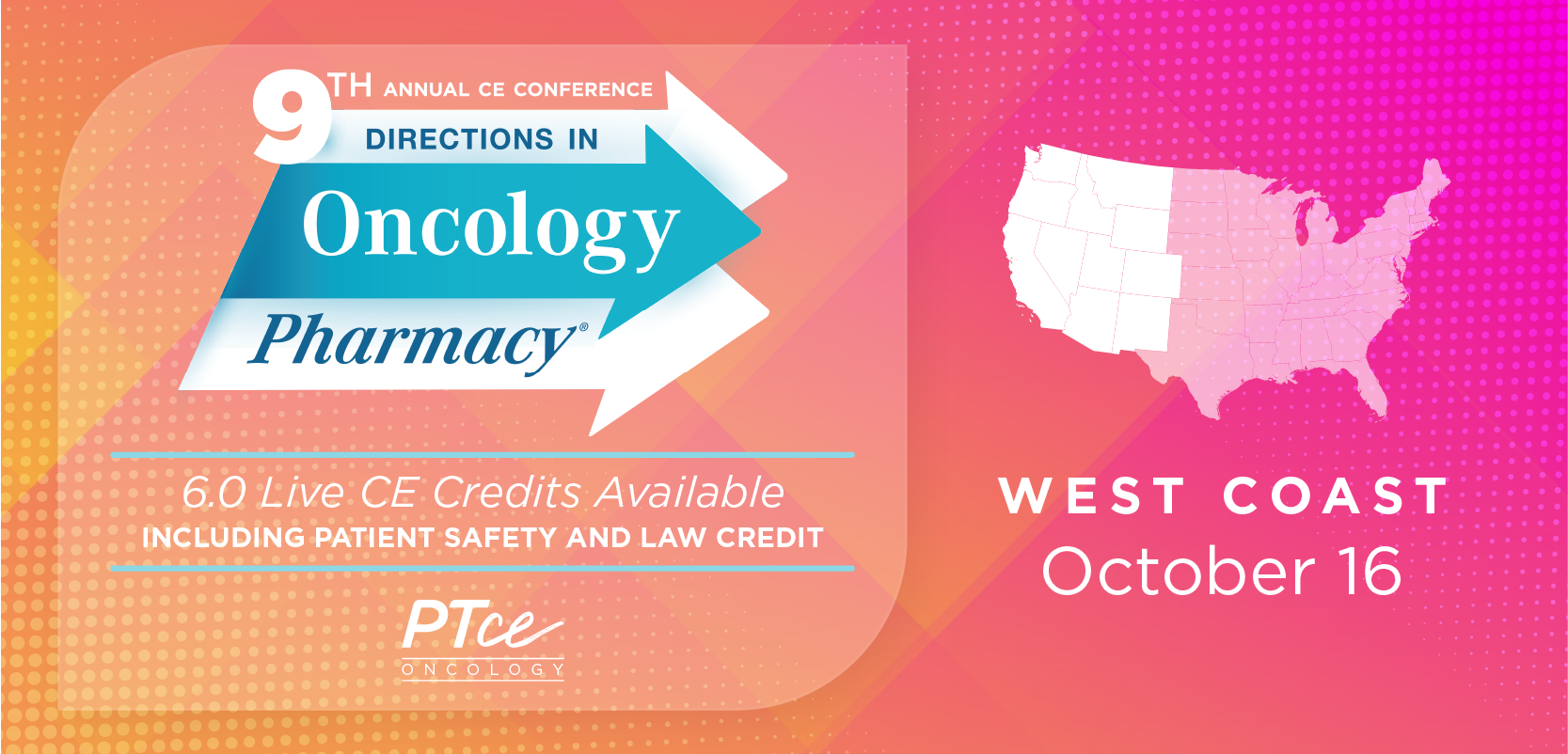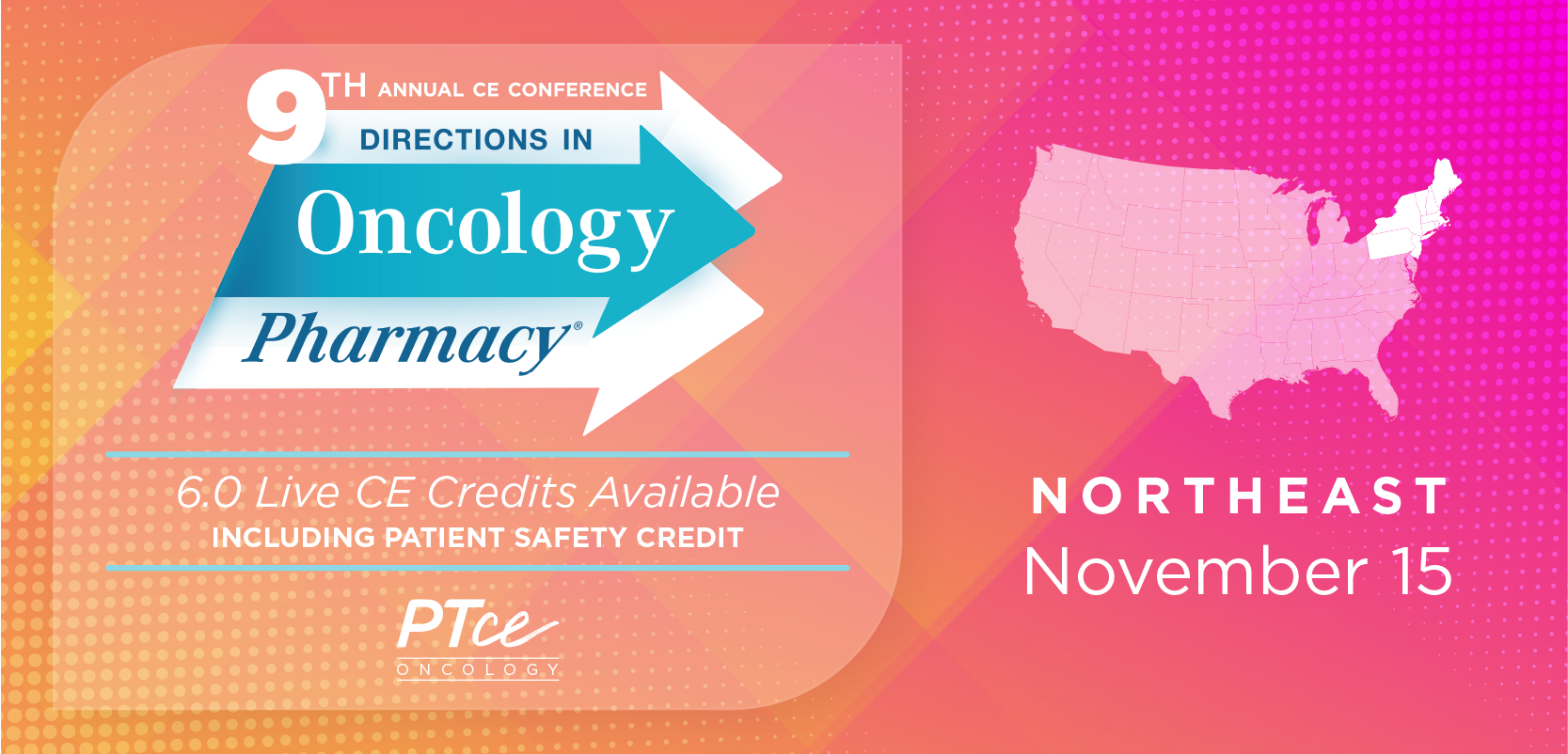
- June 2010 Women's Health
- Volume 76
- Issue 3
Pharmacy Job Trends: Adapting to Today's Market
Unemployment among pharmacists is low, thanks to job growth in several key areas. Pharmacists should learn about the latest trends in the job market, plus how to maximize their efforts.
Unemployment among pharmacists is low, thanks to job growth in several key areas. Pharmacists should learn about the latest trends in the job market, plus how to maximize their efforts.
While the economy has certainly had an impact on the demand for pharmacy professionals, pharmacy continues to be a hot area of health care staffing. Veteran job seekers and new graduates alike have reason to be optimistic.
Pharmacists launching a job search, whether it be for their first job or a change in location or career path, need to be aware of the trends in pharmacy staffing today to navigate the constantly evolving job market. Furthermore, guidance on how candidates should position themselves in the best possible way for a quick job offer is invaluable in the job search. Here are some tips, trends, and suggestions to consider.
WHERE DID ALL THE JOBS GO?
Over the past year or so, the pharmacy job market has turned 180° from a candidate- driven market to an employer-driven market. There are a couple of reasons for this reversal: the economy and an increase in the supply of pharmacists. The recession has forced many retail pharmacies to close stores or cut their hours. Another way that retailers are saving money is by hiring more pharmacy technicians and fewer pharmacists. There is a definite upside for technicians, who are seeing a much higher demand for their services. The impact of this reduced demand is that the pharmacist pay rates have stabilized, and in some cases even decreased, compared with just a year ago.
Another reason for the reduction in demand is simply that supply has increased. Whereas in 2000, at the height of the pharmacist shortage, there was a more than 8% vacancy rate, in 2004 the vacancy rate had dropped to 5%.1 The American Society of Health-System Pharmacists reported a 5.9% vacancy rate for health-system pharmacists in 2008.2 The high demand earlier in the decade led to the opening of many new pharmacy schools. In 2000, there were 82 pharmacy programs, 92 in 2005, and currently there are 123 programs.
According to the 2009 National Pharmacist Workforce Survey, the number of pharmacy school graduates has risen steeply since 2000—from 7000 to over 10,000 in 2008.3 The increased supply means that new pharmacy graduates are not getting snatched up months before graduation, unlike earlier in the decade when virtually all pharmacy students were graduating with jobs in hand.
The Pharmacy Manpower Project Inc reports on the demand for pharmacists using a 5-point index. A 5 indicates high demand, and a 1 indicates a surplus of pharmacists. The Aggregate Demand Index (ADI) for January 2010 was 3.45, meaning demand is slightly higher than supply, compared with 3.79 for the same month last year.4 The ADI by setting is quite telling. Even with budget cuts and hiring freezes in institutional settings, the community pharmacy setting was still affected the most by the recession and currently has a surplus of pharmacists.
CLINICAL PHARMACY IS BECOMING MORE PREVALENT
There is a growing need for pharmacists with clinical experience, especially in community pharmacy. “Pharmacists in the community setting are reaching out. The business models are changing,” says Jim Bartling, PharmD, associate dean for Student Affairs & Admissions, Mercer University College of Pharmacy and Health Sciences. “For instance, Walgreens is offering a wellness division, offering apothecary-type pharmacy.”
Traditionally, pharmacists are reimbursed for the prescriptions they fill, but mechanisms are becoming available to pay for clinical services. Dr. Bartling reports that there are now ways to get reimbursed for services like diabetes management and medication therapy management (MTM). Additionally, the Medicare Modernization Act of 2003 makes provisions for reimbursement of clinical services for Medicare participants. And the new health care reform act, officially called the Patient Protection and Affordable Care Act, recognizes the importance of MTM with several grant and pilot programs.
PHARMACY JOB GROWTH IN A VARIETY OF SETTINGS
Pharmacists are increasingly being hired in very diverse settings. Remote order entry provides hospitals with access to the services of a remotely located pharmacist who can assist with the high volume of orders during first or second shifts. For rural and urban hospitals that have difficulty attracting on-site pharmacists for the night shift, a remote pharmacist can review and enter the pharmacy order so that medication can be dispensed safely to patients. In Medicare/Medicaid/insurance support settings, pharmacists and pharmacy technicians provide support for physicians who are seeking approval for formulary alternatives for their patients, assistance with failed claims, and information on reimbursements. Managed care clinics are providing outpatient pharmacy.
According to Dr. Bartling, compounding pharmacy is making a comeback. “There are compounding shops out there where people are doing, almost exclusively, different types of formulations: oral, topical, injectable,” he says. “A lot of pharmacists really like that because they can be creative.”
The high cost of prescription drugs has driven insurance companies to use pharmacy benefit management (PBM)/ mail order to reduce the money spent on prescription reimbursements. While mail order is still a small percentage of pharmacy employment (less than 2%), the Bureau of Labor Statistics projects that it will grow an astonishing 47% through 2018, much faster than the projected growth of pharmacy jobs overall. Mail order companies hire pharmacists to fill prescriptions and to answer patient calls about everything from failed claims to drug interactions.
WHAT THE AGING POPULATION MEANS FOR PHARMACISTS
USA Today reported that over the next 20 years, about 10,000 baby boomers will reach retirement age every day. Like health care in general, the aging population will have repercussions for the pharmacy field. Clinical pharmacists will be in greater demand to care for geriatric patients. Partnerships between pharmacies and assisted living and long-term care facilities will become more common.
The pharmacist population is also aging. The 2009 National Pharmacist Workforce Survey reports that more than 37% of pharmacists were over the age of 55 in 2009, as compared with nearly 31% in 2004 and almost 22% in 2000. While some pharmacists will delay retirement because the recession and accompanying stock market downturn negatively impacted their retirement portfolios, in the long term, retiring pharmacists will have an impact on the pharmacist labor pool.
FLEXIBLE CAREERS
Careers in pharmacy offer a tremendous amount of flexibility. This is especially a boon to the many women in pharmacy, who are more likely to work a modified schedule than men. Pharmacists wishing to supplement their income can also take advantage of nontraditional work settings.
While the current job market may seem poor in comparison to a few years ago, relative to the rest of the labor pool, the unemployment rate among pharmacists is still very low. And postrecession, the job market should improve. According to a study released in December 2008 by the Department of Health and Human Services, there will continue to be a shortage of pharmacists through 2030, even when making conservative demand estimates and optimistic supply estimates.5 In the meantime, pharmacists can weather the current economic conditions
5 Tips to Make the Most of the Current Trends
New Grads: Make Yourselves Stand Out.
According to Dr. Bartling, getting clinical experience is now a way for pharmacists to distinguish themselves in the same way that getting a PharmD was years ago. Fourth-year students—if the job market seems challenging now, wait out an extra year and complete your postgraduate year 1 (PGY1) residency. You will give the economy another year to improve and get more experience under your belt. If you have the PGY1, go back and do PGY2—oncology is a hot specialty right now.
Polish Up Your CV and Brush Up on Interviewing Skills.
It may be worth spending the money to get a professional resume service to make your CV shine. Or, consider getting assistance from a pharmacy staffing company. Employers pay for their services; they can help you get your resume looking its best and give you good pointers for jobclinching interviews.
Consider Getting Additional Certifications and Training
If you have an RPh, go back and get a PharmD. Approximately 22% of the pharmacist population currently holds a PharmD, compared with 14% in 2000. Consider getting Certified Geriatric Pharmacist certification. With the growing senior population, there will be great demand for pharmacists experienced in caring for geriatric patients.
Don’t Let Your Clinical Skills Get Stale.
If you are currently working in a community pharmacy setting, consider moonlighting in an institutional setting to keep your clinical skills fresh. Even if you completed a residency program while in pharmacy school, employers tend to want current experience.
Look for Jobs in Nontraditional Settings.
While retail constitutes about two thirds of the pharmacy positions, there are increasingly more nontraditional settings for pharmacists to seek employment. During your job search, do not overlook jobs in PBM/mail order, drug utilization review, Medicare/Medicaid support, and remote order entry.
Mr. McAnally, vice president of Jackson Pharmacy Professionals, a national pharmacy-only staffing and placement company, is a veteran of the pharmacy staffing industry. For more information about Jackson Pharmacy Professionals, visit
References
1. “The Adequacy of Pharmacist Supply: 2004 to 2030.” December 2008. U.S. Department of Health and Human Services. Health Resources and Services Administration. Bureau of Health Professions.
2. 2008 ASHP Pharmacy Staffing Survey.
3. “2009 National Pharmacist Workforce Survey.” Pharmacy Manpower Project Inc. Retrieved from http://www.aacp.org/resources/research/pharmacymanpower/Documents/2009%20National%20Pharmacist%20Workforce%20Survey%20-%20FINAL%20REPORT.pdf. April 11, 2010.
4. Knapp, K. K. (2010, January). Aggregate demand index. Retrieved from http://www.pharmacymanpower.com/. April 12, 2010.
5. “The Adequacy of Pharmacist Supply: 2004 to 2030.” December 2008. U.S. Department of Health and Human Services. Health Resources and Services Administration. Bureau of Health Professions. Retrieved from ftp://ftp.hrsa.gov/bhpr/workforce/pharmacy.pdf. April 5, 2010.
Articles in this issue
over 15 years ago
Arthritis Watchover 15 years ago
Women's Health Watchover 15 years ago
Can You Read These Rxs?over 15 years ago
Case Studies: Test Your Skillsover 15 years ago
Tech Product Newsover 15 years ago
Making a Difference Through Diabetes Educationover 15 years ago
Clinical Trialsover 15 years ago
News CapsNewsletter
Stay informed on drug updates, treatment guidelines, and pharmacy practice trends—subscribe to Pharmacy Times for weekly clinical insights.





















































































































































































































